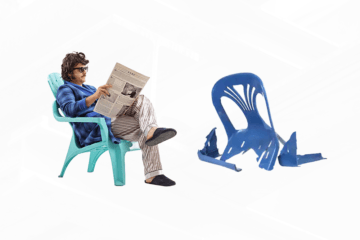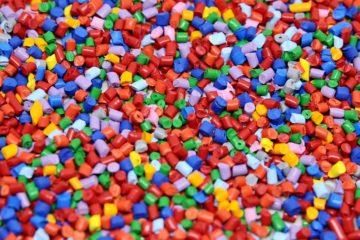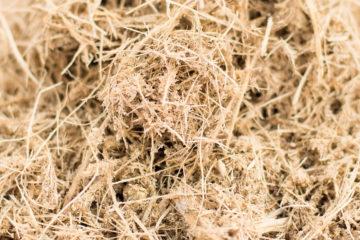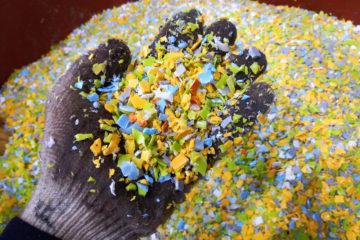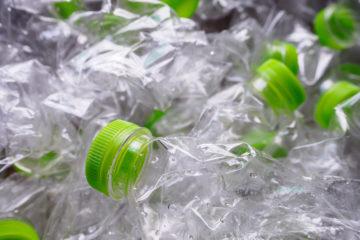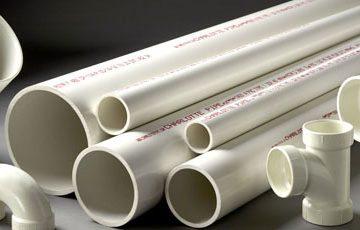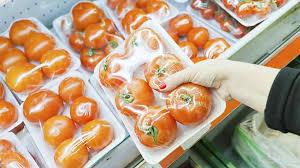Polypropylene (PP) is commonly sighted as the second most commonly used plastic on earth, by weight used yearly by industry.
Polypropylene was first polymerized in 1951 by a pair of Phillips petroleum scientists named Paul Hogan and Robert Banks. The ability of polypropylene to crystallize created a lot of excitement, and Italian chemist, Professor Giulio Natta, perfected and synthesized the first commercially useful polypropylene resin in Spain in 1954. By 1957, its popularity had exploded and widespread commercial production had begun across Europe. Today Polypropylene can be found almost everywhere, from automotive interiors, to ridged and flexible packaging, to consumer goods and fabrics.
Polypropylene has 4 major physical properties which fuel its popularity in consumer products generally, and injection moulding in particular. The first is cost. Polypropylene is cheap. The second is recylablility. Due to its dislike of bonding with other materials (discussed later) Polypropylene is usally found in stand alone parts, with no paint, glue or other plasitcs hanging onto it. This makes it easy to sort and grind for recycling. The third is clarity. It can be produced almost optically clear, allowing for both see through parts and insuring it can be colored with no interference from the materials base tone.
The fourth benefit of in that it can be manufactured into a living hinge. A living hinge is an extremely thin pieces of plastic that bends without breaking (even over extreme ranges of motion nearing 360 degrees). Living hinges are prized by plastics designers, as they can put complex functionality into one simple, easy to mould part. The lid on a bottle of sauce or shampoo is a perfect example of this. Polypropylene is perfect for living hinges because it does not break when repeatedly bent. One of the other advantages is that polypropylene can be CNC machined to include a living hinge which allows for faster prototype development and is less expensive than other prototyping methods.
Polypropylene also has a low density relative to other common plastics which translates to weight savings for manufacturers and distributors of injection molded Polypropylene parts. It has exceptional resistance at room temperature to organic solvents.
Although Polypropylene is slippery at the molecular level, it does have a relatively high coefficient of friction. Coupled with a high thermal expansion coefficient, this means Polypropylene is not suited to parts that slide, wear, or operate at an elevated temperature. It is also flammable, which limits its uses in fabrics, and is susceptible to UV degradation.
Subscribe to Our Newsletter
Get the latest news from Dienamics into your inbox














